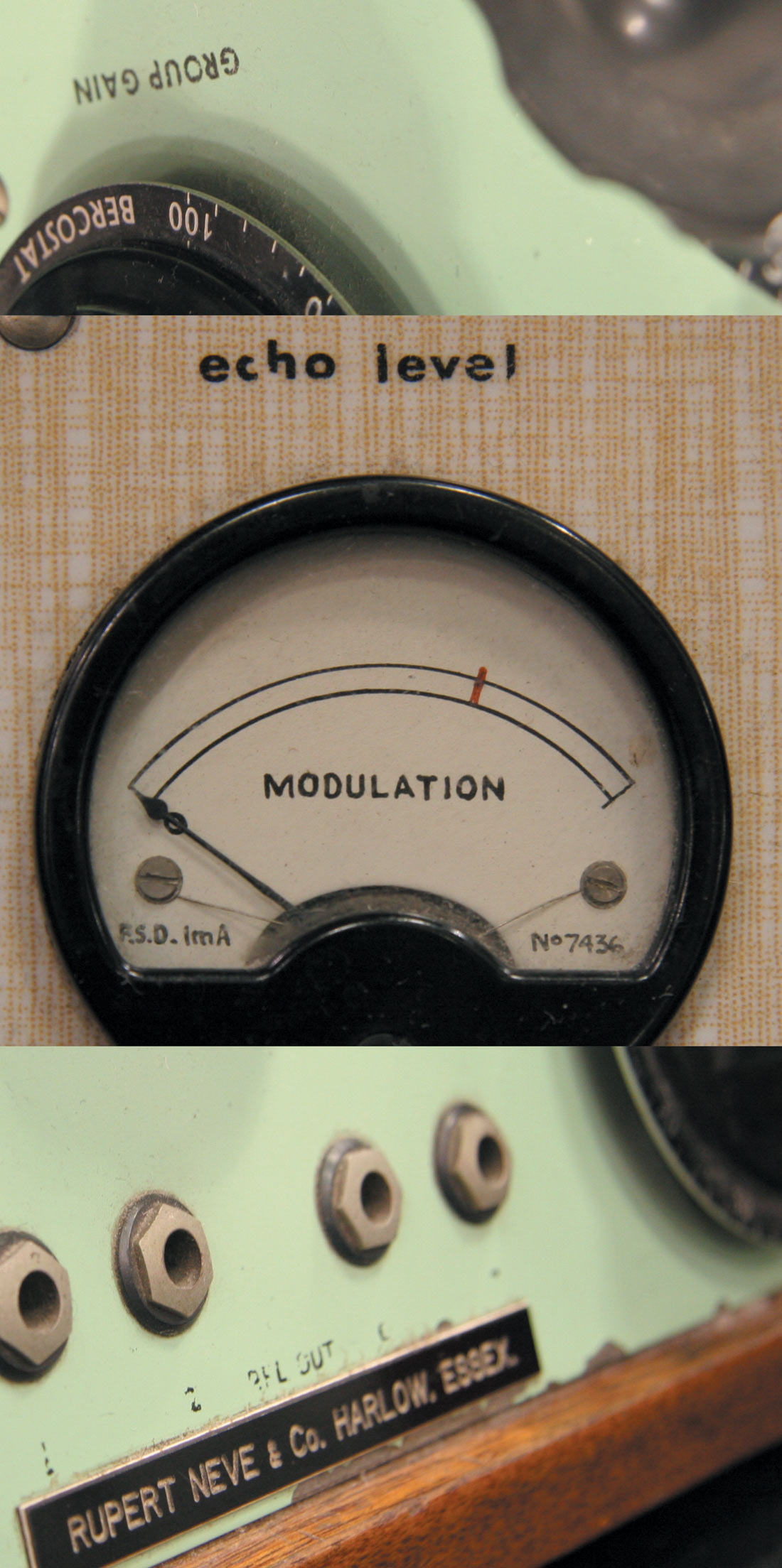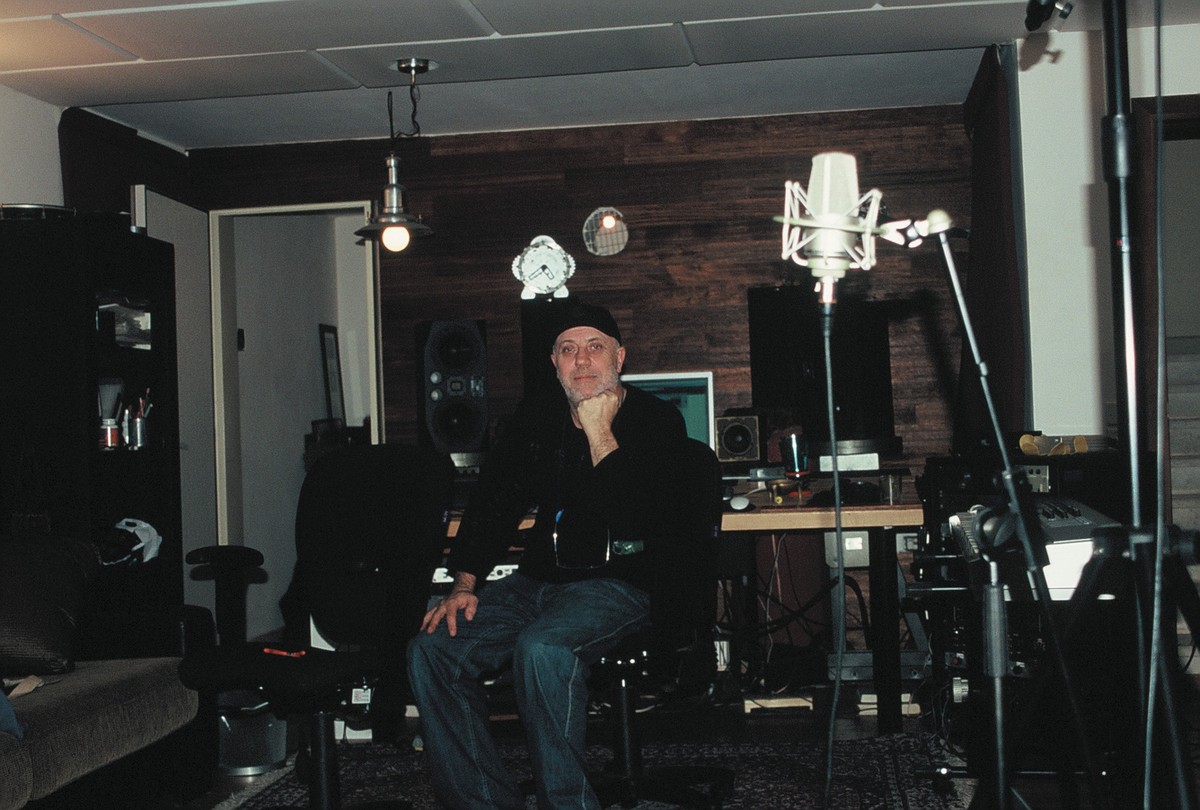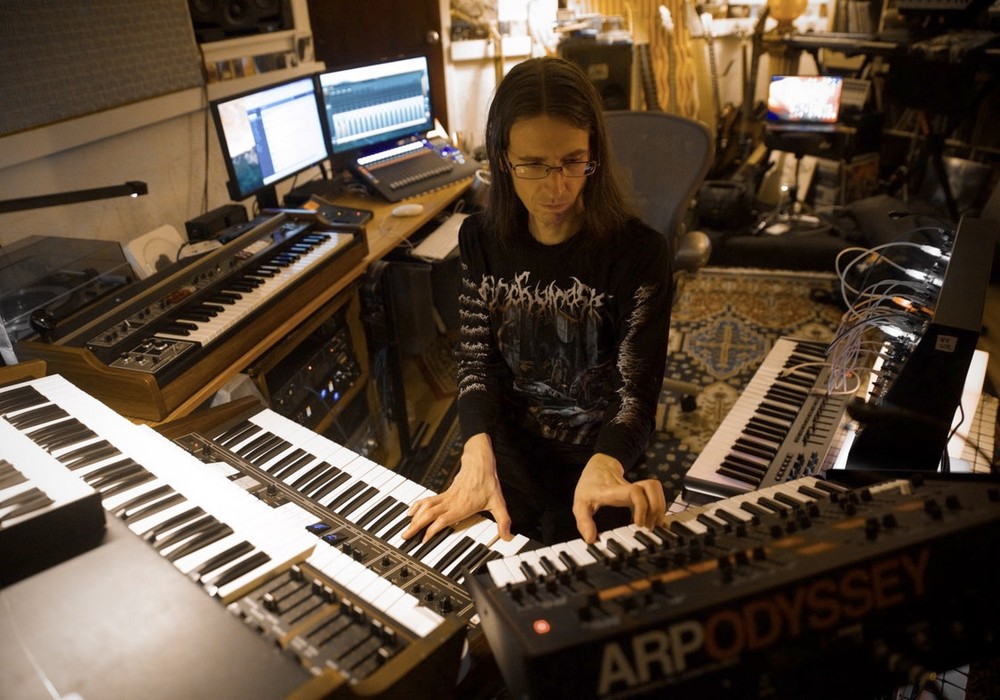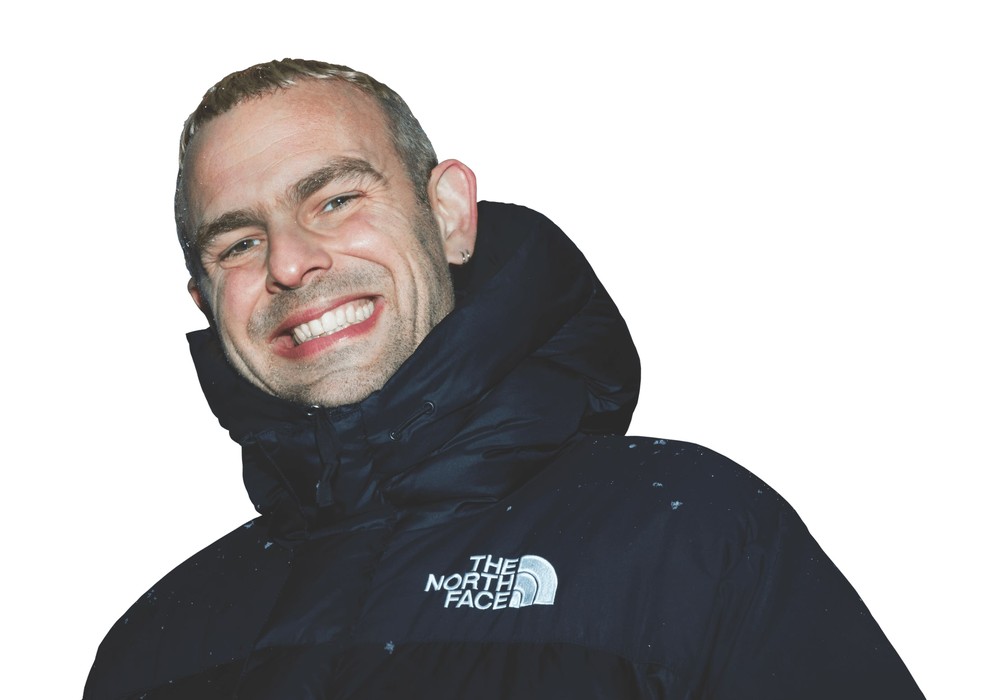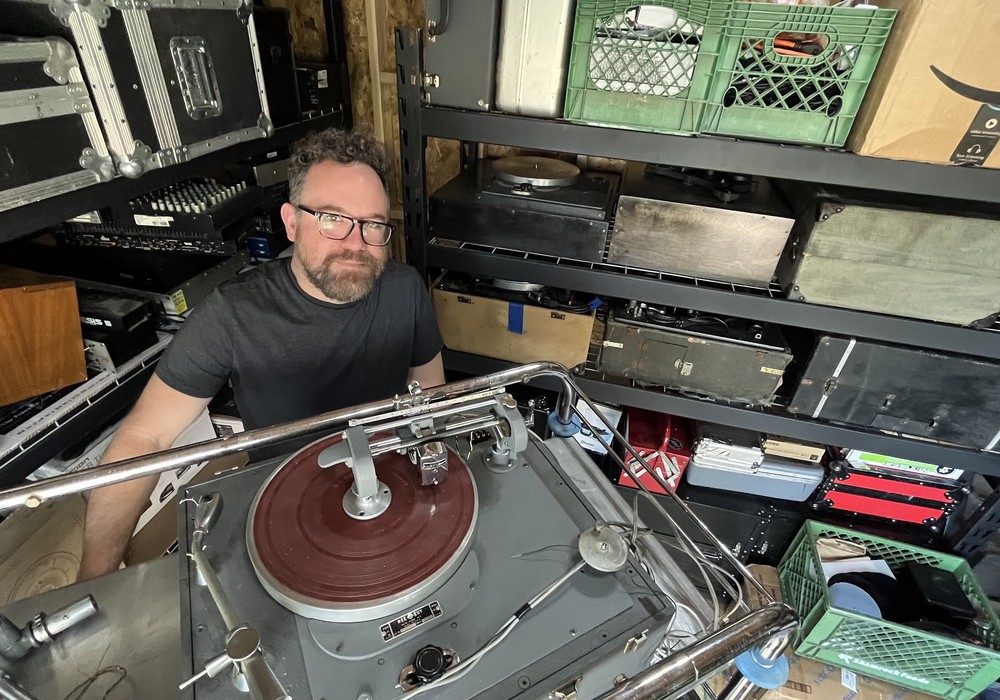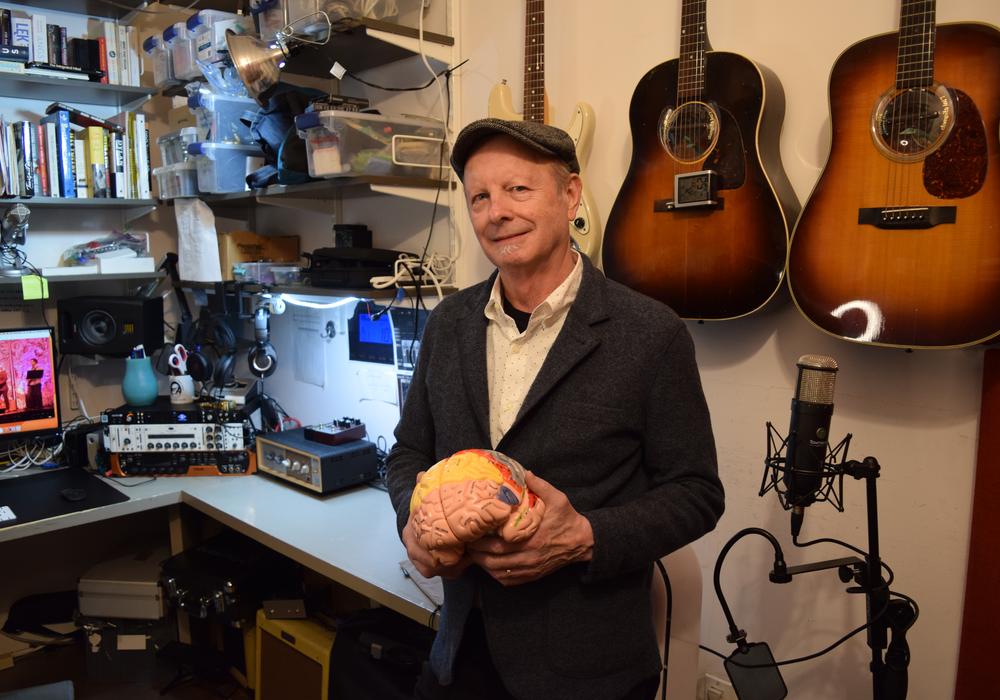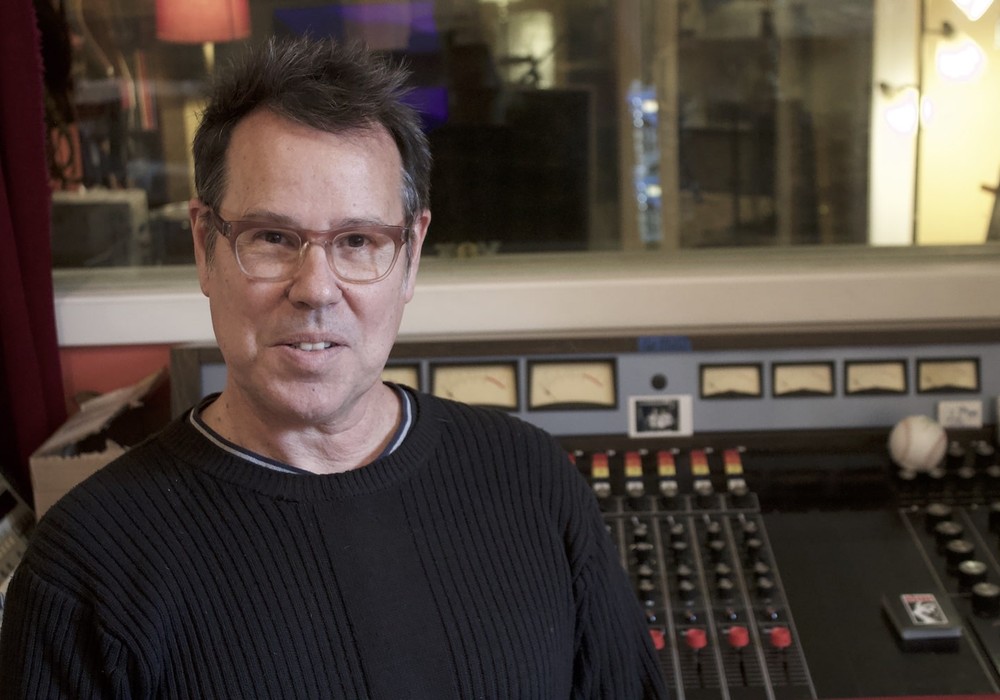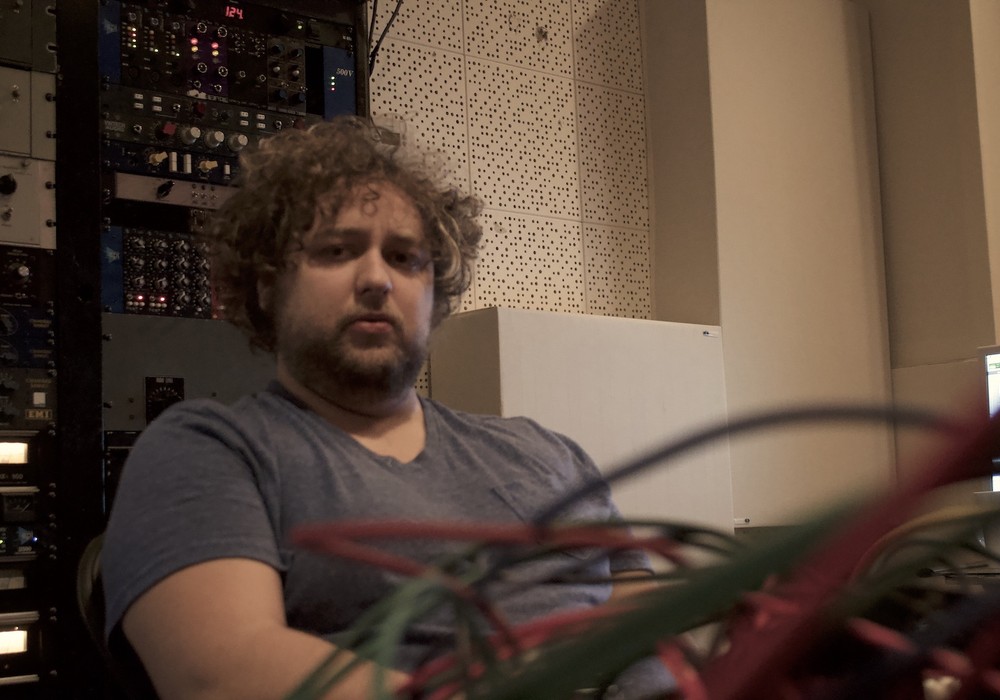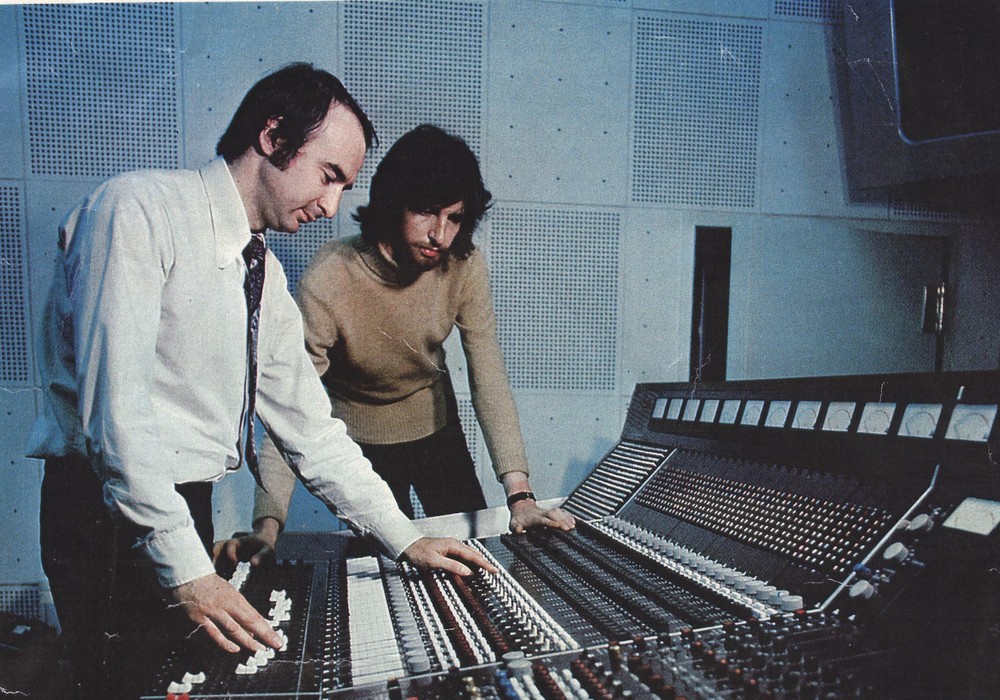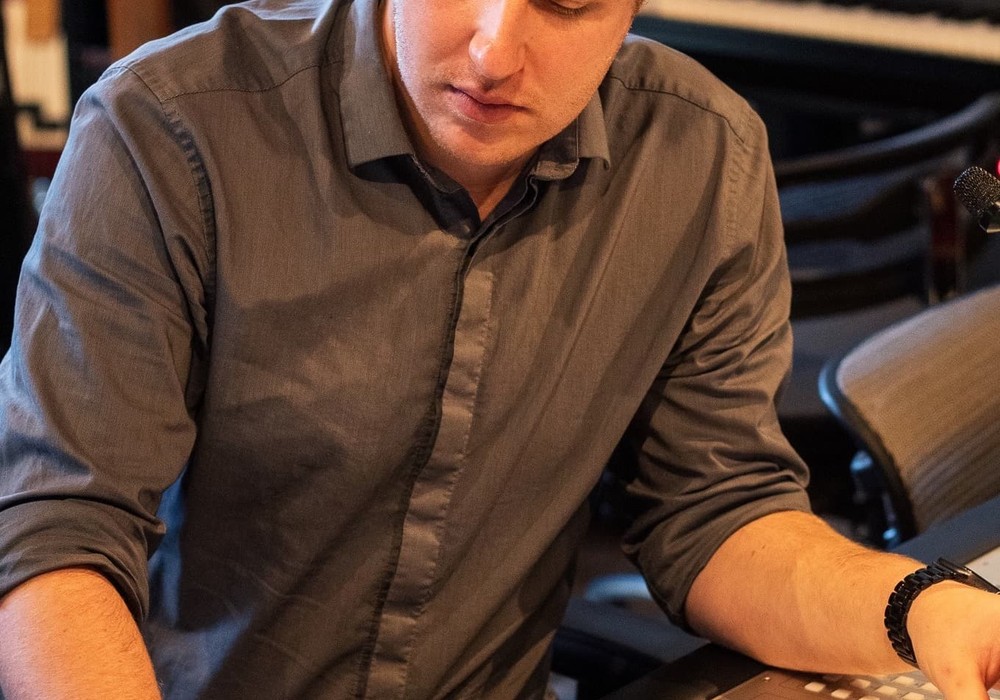The interview with Luis Lahav was scheduled for a Wednesday evening. I arrived at his home studio in Herzliya, north of Tel Aviv and got my laptop ready to record. I was just about to ask some questions when he asked me to have a listen to a couple of songs from a young artist he's currently working with. It was 8 pm... six hours later he was still showing me production alternatives, describing his latest piano recording technique and even asking me to lay down some Wurlitzer parts! This is a perfect example of Luis' passion. With his name on so many records considered Israeli classics, he still has the energy of a kid who just got his first 4-track recorder, doing his first gig. In his case, it has been more than thirty-five years since he actually did that first gig, and the artist was none other than The Boss himself, Bruce Springsteen. So I had to come back another day. Luckily this time, his DAW was being maintained and he had no other choice but to sit down for a chat!
How did it all start?
As a kid I played guitar, and by the age of 17 I was playing in musical theatre orchestra in Jaffa, near Tel Aviv. It was the late '60s, and like every other Israeli teenager at that time, I was drafted to the Israeli army. I started as a marine, but eventually joined a military band. Two years later I was released and flew to NYU, planning to study philosophy and cinema studies and even fashion design at some stage, but it didn't take long before I made a turn and started studying at the Institute of Audio Research. While still in school I was looking for a way to set my foot in the New York studio scene, so I contacted the World Bank, telling them I intended to set up a studio in Israel, which was my original plan. Back then they had a policy of assisting third world countries, so they were willing to introduce me to some industry people. One thing led to another and at some point, the people at Ampex introduced me to Neil Diamond's producer, Brooks Arthur, who took me under his wing and made me a runner in his 914 Sound Studios in upstate New York. It took me about six months to become a house engineer, and all of a sudden I was recording the likes of James Taylor, Janis Ian, Blood Sweat and Tears and others, which were all Arthur's clients at that time. One day in 1973 a producer named Mike Apple brought a young and practically unknown artist to the studio, with whom I immediately fell in love. It was Bruce Springsteen and we made two records almost right on the spot [Greetings from Asbury Park, N.J. and The Wild, the Innocent and the E. Street Shuffle, both released in 1973]. After these two records were released we started working on a new one, starting with the title track "Born to Run".
Born to Run was released in 1975, so I guess recording didn't go as fast as with the first two?
It wasn't fast at all. On the song "Born to Run" alone we had been working six months! Springsteen kept changing the lyrics and the song got finished only when he was pleased with the text. But we weren't working only on the vocals that entire time. We were tweaking, over-dubbing and pre-mixing until the last moment. In addition to the rhythm section there were strings, glockenspiel, piano, electric guitars, brasses, about four or five acoustic guitars, you name it. You've got to remember it was only 16-track, so pre-mixing and bouncing was the only way to go. There are probably thousands of parts and instruments in it, all bounced down to sixteen tracks. For example, the sax solo was edited from about seven different solo tracks, and for the snare drum we used a big AKG reverb box, maybe it was a BX20, but we didn't have gates so I had to do yet another bounce, muting the reverb after each snare hit. That's the reason why the reverb on the snare sounds different throughout the song. And it took me hours punching in and out, what you can do these days in seconds.
Do you think working like that — making crucial decisions with no way back — had an important impact on how the song turned out?
I can't really tell. It was about using the tools that were available at the time. When you have more tools and options it changes the way you work, but not necessarily for the worse. It's very common these days to complain about how working with computers made the music making process much longer than it used to be, because of the endless options it gives you. But here's a song that was made thirty years ago and took six months to accomplish — so it's not about the tools you have at a certain point, but more about how you use it and whatever concept you have.
Was there a concept or was it just the way things evolved?
I believe we had in mind that Phil Spector thing...
With...
The rest of this article is only available with a Basic or Premium subscription, or by purchasing back issue #56. For an upcoming year's free subscription, and our current issue on PDF...
Or Learn More
